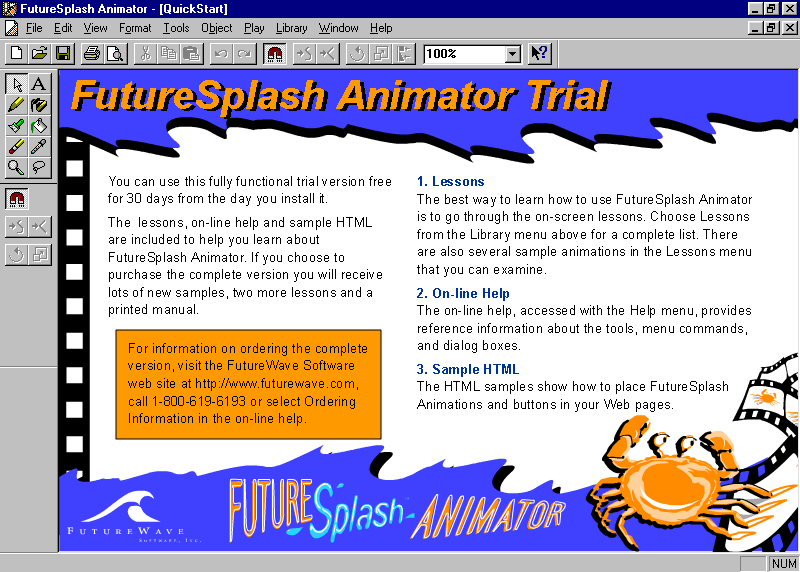Oh, gather ’round, dear children, and let me tell you a story about the magical world of FutureSplash Animator, where it all started with some tiny bits of colored plastic. Yes, that’s right, the granddaddy of online animation, brought to life by a visionary named Jonathan Gay, was inspired by none other than… LEGOs!
You see, young Jonathan loved building things with his simple rectangular blocks and wheels, discovering the wonders of engineering and design. He built LEGO ships with ramps for his toy cars, learning the beauty of patience, persistence, and the iterative process that would later shape the creation of Flash.
As he grew up, Jonathan’s passion for building turned towards architecture, but he soon found that he couldn’t actually build the houses he designed. That’s when he discovered computers, and, like a digital Frankenstein, he began programming his own creations to life. From a Space Invaders clone to his first graphics editor, Jonathan was on a roll!
His programming skills landed him a gig working with Charlie Jackson, the founder of Silicon Beach Software. Together, they created games and graphics editors, including the wildly popular Dark Castle. These experiences taught Jonathan about animation, sound, and the importance of speedy software.
Fast forward to 1993, and FutureWave Software was born. Jonathan and his team created SmartSketch, a pen-based drawing program. But when the pen computing market collapsed, they pivoted and added animation to SmartSketch. This little gem eventually became the FutureSplash Animator we know and love.
Thanks to Microsoft and Disney’s support, FutureSplash gained momentum, and in 1996, Macromedia swooped in to acquire FutureWave Software. With a sprinkle of marketing magic, FutureSplash Animator was reborn as Macromedia Flash 1.0.
Flash became a household name with millions of users and developers worldwide. However, as time passed, the winds of change blew through the digital world. Apple, a once-loyal ally, waged war against the aging technology, leading Adobe to eventually shut down Flash.
But let’s not forget that Flash’s legacy will live on, as it paved the way for the future of web animation and interactive content. And, in a twist of fate, the very company that inspired it all, LEGO, once used Flash to promote their creativity-inspiring bits of colored plastic. How’s that for coming full circle in this ever-changing digital landscape?
